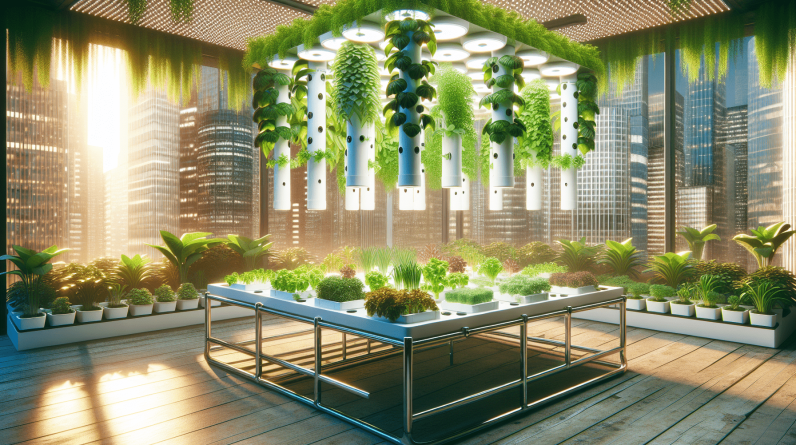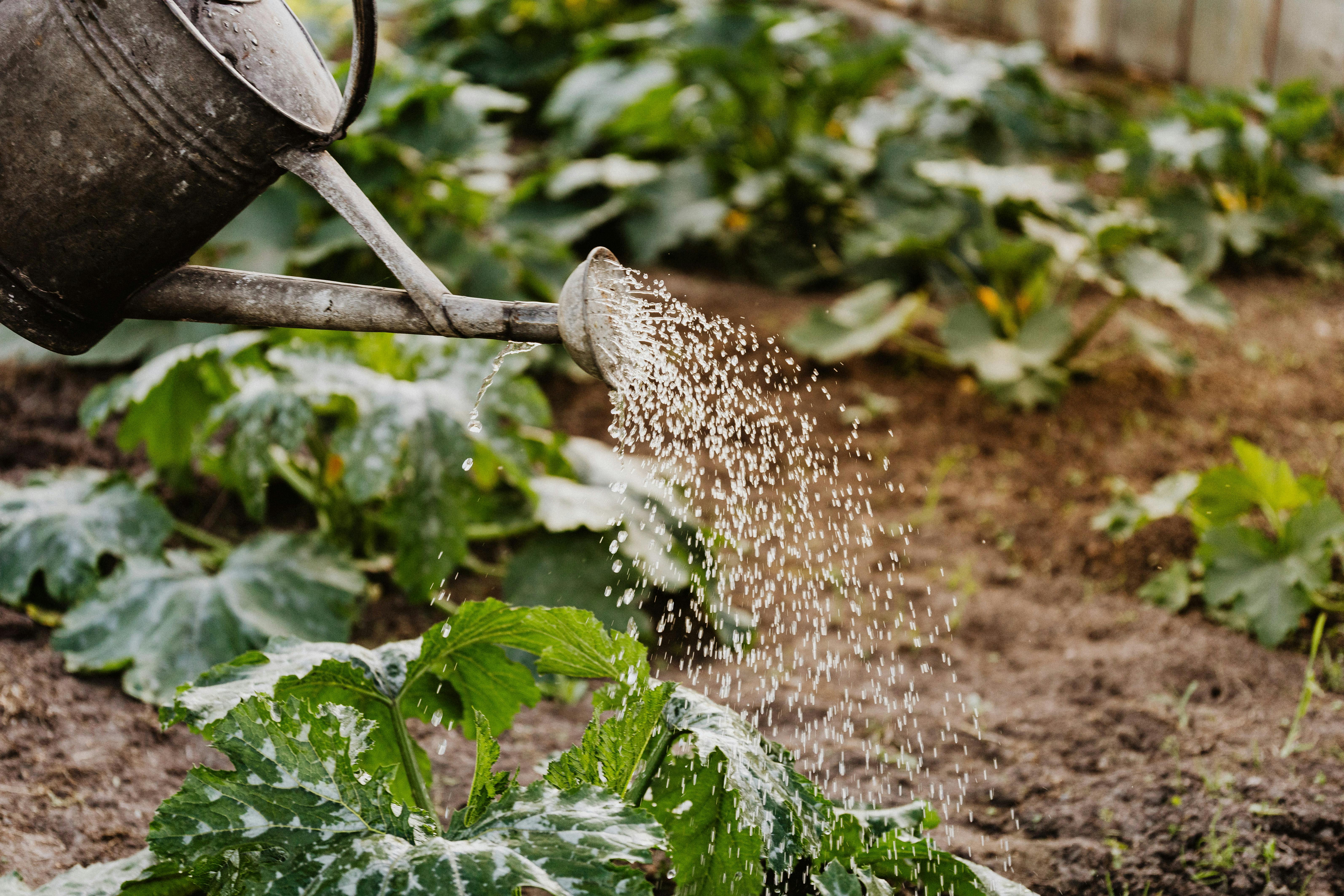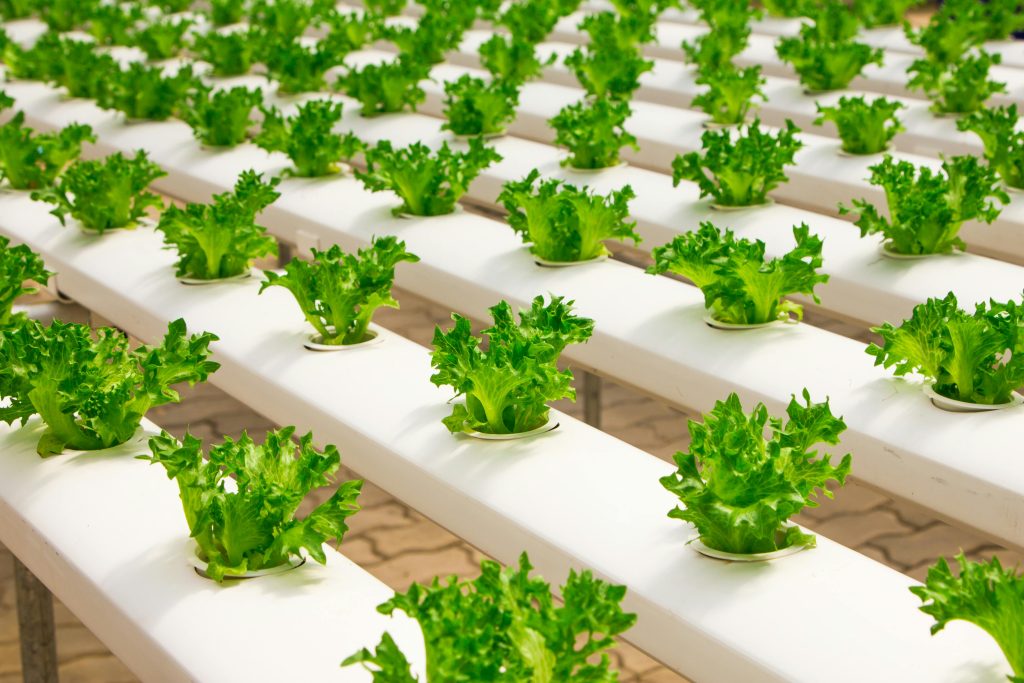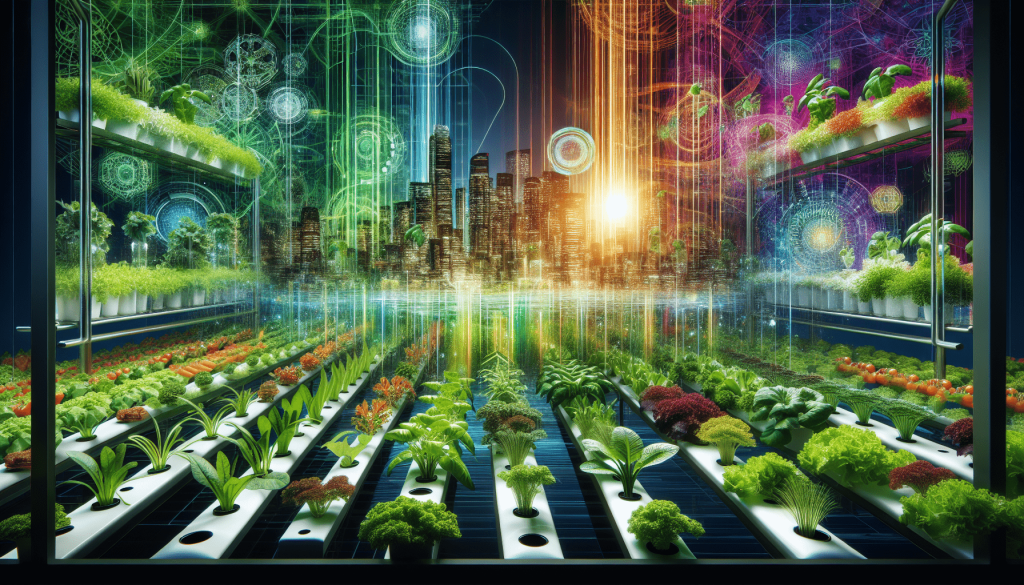
Have you ever wondered how hydroponic systems are changing the way we garden in modern times? Hydroponic growing is gaining popularity for its numerous benefits and innovative approach to cultivating plants without soil. In this article, we will explore how hydroponic systems revolutionize modern gardening practices and how they are transforming urban agriculture.

What is Hydroponic Gardening?
Hydroponic gardening is a method of growing plants without soil, using a nutrient-rich water solution to deliver essential minerals directly to the plant roots. This technique allows for faster plant growth and increased yield compared to traditional soil gardening. By eliminating the need for soil, hydroponic systems conserve water and reduce the risk of soil-borne diseases and pests.
Benefits of Hydroponic Systems
Hydroponic systems offer a range of benefits that make them an attractive choice for modern gardening. These include:
- Faster plant growth and higher yield
- Reduced water usage (up to 90% less than traditional soil gardening)
- Year-round cultivation regardless of weather conditions
- Minimal risk of soil-borne diseases and pests
- Healthier plants and fewer chemical inputs
Faster Plant Growth
With the direct delivery of nutrients to the plant roots, hydroponic systems allow for faster plant growth compared to traditional soil gardening methods. This accelerated growth rate results in quicker harvest times and higher overall yield.
Reduced Water Usage
Hydroponic systems are incredibly water-efficient, using significantly less water than traditional soil gardening. By recycling and reusing the nutrient-rich water solution, these systems help conserve water resources and reduce overall water consumption.
Year-Round Cultivation
One of the most significant advantages of hydroponic systems is the ability to cultivate plants year-round, regardless of external weather conditions. This feature is especially advantageous for urban gardeners or those living in regions with extreme climates, allowing for consistent crop production throughout the year.
Minimal Risk of Diseases and Pests
By eliminating the need for soil, hydroponic systems greatly reduce the risk of soil-borne diseases and pests that can harm plants. This results in healthier, more robust plants that require fewer chemical inputs, making hydroponic gardening a more sustainable and environmentally friendly option.

Types of Hydroponic Systems
There are several types of hydroponic systems, each with its unique advantages and suitable for different gardening applications. Some of the most common types include:
- Deep Water Culture (DWC)
- Nutrient Film Technique (NFT)
- Ebb and Flow
- Drip System
- Aeroponics
Deep Water Culture (DWC)
In a Deep Water Culture system, plant roots are suspended directly in nutrient-rich water, allowing for maximum nutrient absorption. This simple and effective system is ideal for growing leafy greens and herbs and is popular among beginners due to its ease of setup and maintenance.
Nutrient Film Technique (NFT)
NFT systems involve a continuous flow of nutrient solution that runs through a narrow channel, providing a thin film of water to nourish the plant roots. This method is excellent for growing lightweight plants like lettuce and microgreens and is known for its water efficiency.
Ebb and Flow
Ebb and Flow systems work by flooding the plant roots with nutrient solution at intervals, followed by draining the excess water. This cycle helps aerate the roots and prevents waterlogging, making it suitable for a wide range of plant types, including vegetables and flowering plants.
Drip System
Drip systems deliver a controlled amount of nutrient solution directly to the plant roots through a network of tubes and emitters. This precise method ensures efficient nutrient delivery and is commonly used for larger plants or crops that require more water, such as tomatoes and peppers.
Aeroponics
Aeroponic systems suspend plant roots in the air and mist them with a nutrient solution, promoting maximum aeration and nutrient absorption. This innovative method is ideal for growing a wide variety of plants, including fruits, vegetables, and herbs, and is favored for its high yields and minimal water usage.

Getting Started with Hydroponic Gardening
If you’re interested in trying hydroponic gardening, here are some essential steps to get started:
-
Choose a System: Select the type of hydroponic system that best fits your needs and gardening goals. Consider factors such as space availability, plant types you want to grow, and your level of experience.
-
Gather Supplies: Acquire the necessary supplies for your chosen hydroponic system, including a reservoir, nutrient solution, growing medium, pumps, and other components. Many beginner-friendly hydroponic kits are available for easy setup.
-
Set Up Your System: Follow the instructions provided with your hydroponic system to assemble and set up the growing environment. Ensure proper placement of lights, ventilation, and water circulation components for optimal plant growth.
-
Choose Plants: Select plants that thrive in hydroponic environments, such as leafy greens, herbs, tomatoes, peppers, and strawberries. Consider plant spacing, lighting requirements, and growth characteristics for a successful harvest.
-
Monitor and Maintain: Regularly monitor your hydroponic system for water levels, pH balance, nutrient concentration, and plant health. Adjust nutrient levels, lighting schedules, and environmental conditions as needed to support plant growth.
-
Harvest and Enjoy: Once your plants reach maturity, harvest them regularly for fresh, healthy produce. Experiment with different plant varieties and growing techniques to expand your hydroponic gardening skills and enjoy the fruits of your labor.

Conclusion
Hydroponic systems are revolutionizing modern gardening practices by offering a sustainable, efficient, and innovative approach to cultivating plants without soil. With benefits such as faster plant growth, reduced water usage, year-round cultivation, and minimal risk of diseases and pests, hydroponic gardening is becoming increasingly popular among urban gardeners and agricultural enthusiasts. Whether you’re a beginner or an experienced gardener, exploring hydroponic systems can open up a world of possibilities for growing fresh, nutritious crops in any environment. Embrace the future of gardening with hydroponics and discover the endless possibilities of modern horticulture.
Related Content
- The Ultimate Guide to the 2025 Hydroponic System for Beginners That Guarantees Success
- URUQ Hydroponics Grow System Review
- 10 Effective Easy Hydroponic Vegetables to Grow in 2025: The Ultimate Guide
- 20 Effective Hydroponic Garden Systems (2025 Guide to Grow Big)
- Maximizing Yields with Hydroponic Vegetable Gardening










